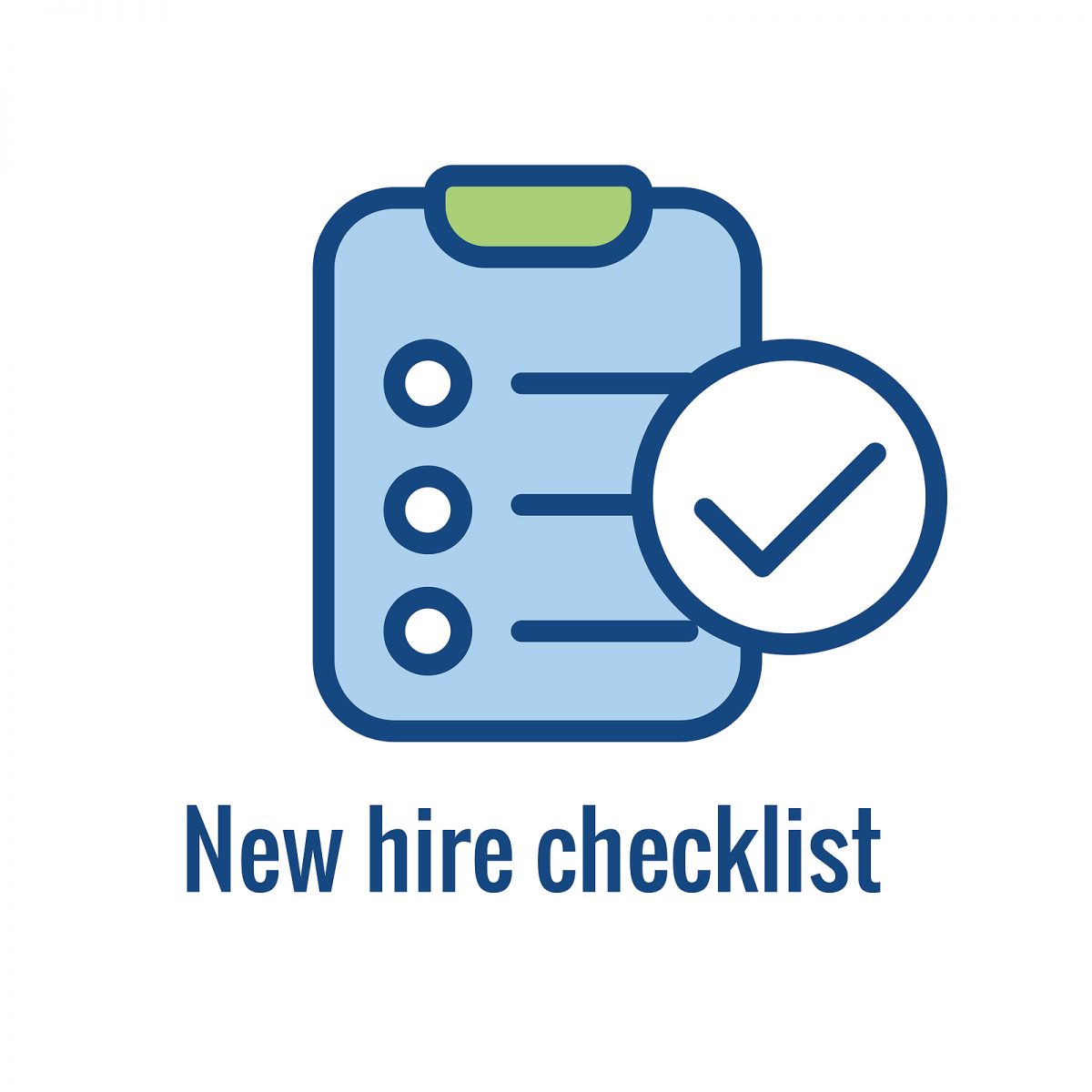Today is National Cheese Lover’s Day, so naturally, we’re turning our attention to one of the most beloved foods on the planet — cheese.
In this edition of How It’s Made, we break down the process behind your favorite wedge, block, or slice.
What’s in Cheese?
Cheese is made from just four basic ingredients:
- Milk
- Salt
- Starter Culture
- Rennet
Together — and through the magic of food science — these ingredients can become hundreds of different varieties, each with their own unique flavor, texture, and personality.
How Cheese Is Made
It all starts with fresh, high-quality milk. Milk is stored in refrigerated tanks at the farm, then transported to a processing facility where it’s tested, weighed, heat-treated, and pasteurized.
Sometimes, additional fat, cream, or protein is added to the milk depending on the desired cheese type.
Next, starter cultures — also known as good bacteria — are added. These cultures begin the fermentation process by converting lactose into lactic acid. This step eliminates harmful bacteria and starts to define the texture and flavor of the cheese. (Different cultures = different cheeses.)
At this point, natural colorings may be added. (Think: the orange hue of Cheddar.)
After that comes rennet, a milk-clotting enzyme that coagulates the mixture into a custard- or gel-like consistency. From here, processors carefully manage temperature, timing, and humidity, which transforms the mixture into curds (solids) and whey (liquids).
A cutting step determines curd size — smaller curds lead to drier cheese. When stirred and heated, curds release whey until the desired consistency is reached.
Then, one of two things happens:
- The curd is salted and pressed into a form (like Cheddar or Colby).
- The curd is pressed into a hoop and brined (like Mozzarella or Swiss).
The final step in some cases is affinage — the aging process. Cheese is stored in special rooms under precise conditions, sometimes for 10 years or more, to develop its final flavor and texture.
Sounds Simple, Right?
Not quite. While the ingredients are minimal, the equipment, process, and scientific precision required to make cheese correctly are anything but basic. It’s an impressive mix of art, chemistry, and control.
And of course, don’t forget to celebrate National Cheese Lover’s Day with your favorite variety — soft, hard, aged, fresh, or somewhere in between.





